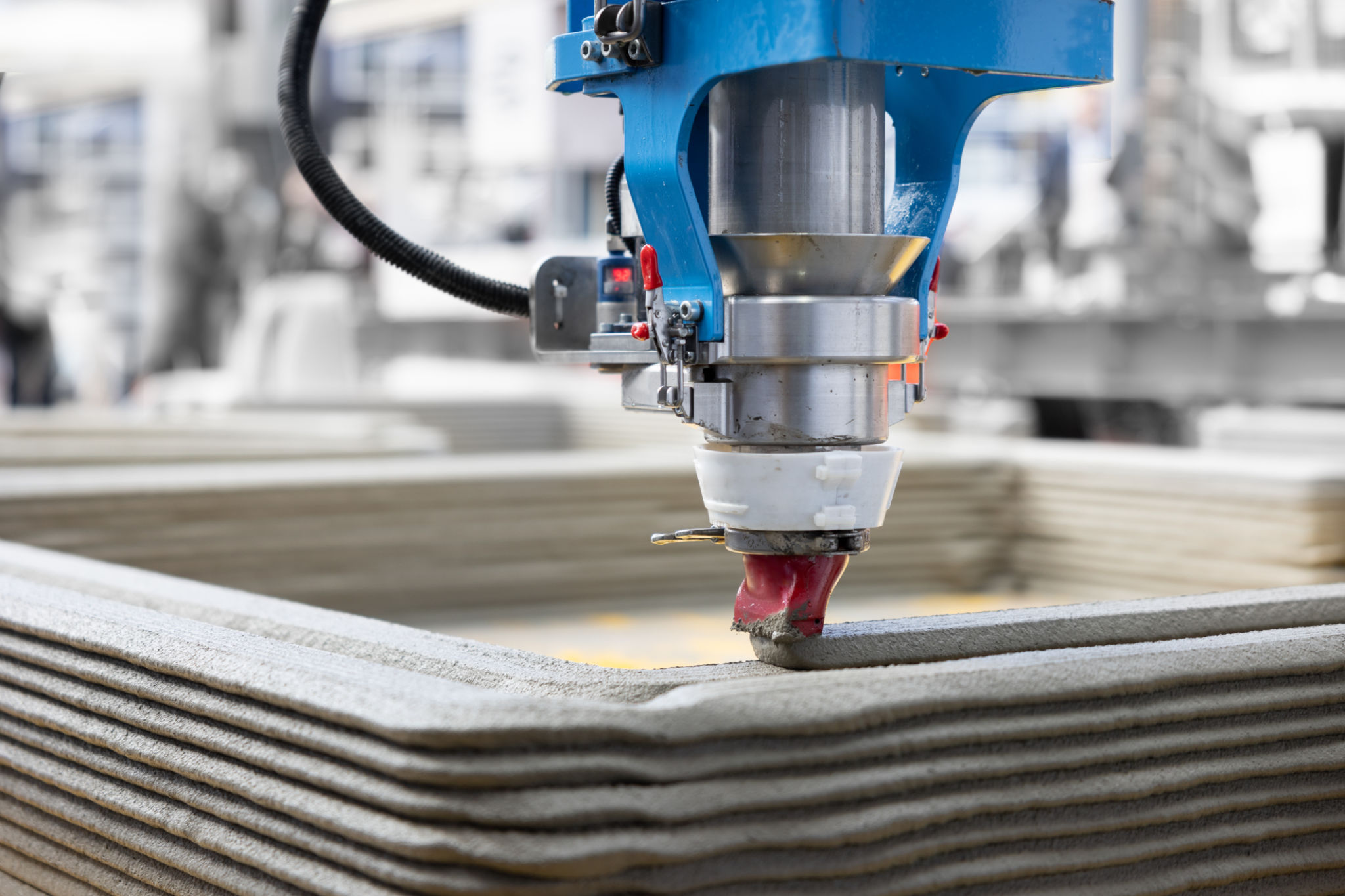Debunking Common Myths About 3D Printing Services
Understanding 3D Printing Services
3D printing, a revolutionary technology, has gained significant attention over the past decade. However, despite its growing popularity, several myths and misconceptions continue to circulate about 3D printing services. These myths can lead to misunderstandings about the capabilities and benefits of this technology. In this post, we'll debunk some of the most common myths surrounding 3D printing services.

Myth 1: 3D Printing is Only for Prototyping
A prevalent myth is that 3D printing is suitable only for prototyping and not for creating final products. While it's true that 3D printing started primarily as a tool for rapid prototyping, its applications have expanded significantly. Today, industries such as aerospace, healthcare, automotive, and fashion use 3D printing to manufacture end-use parts and components. This technology allows for customized solutions and complex designs that would be difficult or impossible to achieve with traditional manufacturing methods.
Myth 2: 3D Printing Materials Are Limited
Another common misconception is that 3D printing materials are limited to plastics. In reality, the range of materials available for 3D printing has expanded dramatically over the years. Beyond various types of plastics, you can now find materials such as metals, ceramics, resins, and even bio-materials suitable for specific applications. This wide array of materials allows for versatility in producing items ranging from medical implants to intricate jewelry.

The Cost and Accessibility of 3D Printing
Myth 3: 3D Printing is Too Expensive
Many people believe that 3D printing is prohibitively expensive, making it inaccessible for smaller businesses or individual users. While industrial-grade 3D printers can indeed be costly, there are numerous affordable options available in the market today. Additionally, many service providers offer cost-effective solutions that allow businesses to leverage the benefits of 3D printing without the need for significant upfront investment in equipment.
Myth 4: 3D Printing is Not User-Friendly
The idea that 3D printing requires extensive technical knowledge is another myth that deters potential users. In fact, modern 3D printers are becoming increasingly user-friendly, with intuitive interfaces and software that simplify the design and printing process. Furthermore, numerous online resources and communities are dedicated to helping beginners get started with 3D printing, making it more accessible than ever before.

The Capabilities of 3D Printing
Myth 5: 3D Printed Objects Lack Durability
A concern often raised is that objects produced through 3D printing lack strength and durability compared to traditionally manufactured items. The truth is that the durability of a 3D printed object depends largely on the material used and the design of the object. With advancements in material science and technology, many 3D printed objects are now comparable in strength to those made through conventional methods, sometimes even surpassing them.
Myth 6: All 3D Printers are the Same
A final myth is the assumption that all 3D printers operate in the same way and produce similar results. In reality, there are several types of 3D printing technologies, each suited for different applications. For instance, Fused Deposition Modeling (FDM) is ideal for simple plastic parts, while Selective Laser Sintering (SLS) is used for more complex shapes with high precision. Understanding the differences can help users choose the right technology for their specific needs.

By debunking these myths, it becomes clear that 3D printing services offer a versatile and powerful tool in modern manufacturing. As technology continues to advance, its potential applications will only continue to grow. Whether you're looking to prototype a new design or produce customized products on demand, exploring what 3D printing has to offer can open up new possibilities for innovation and efficiency.